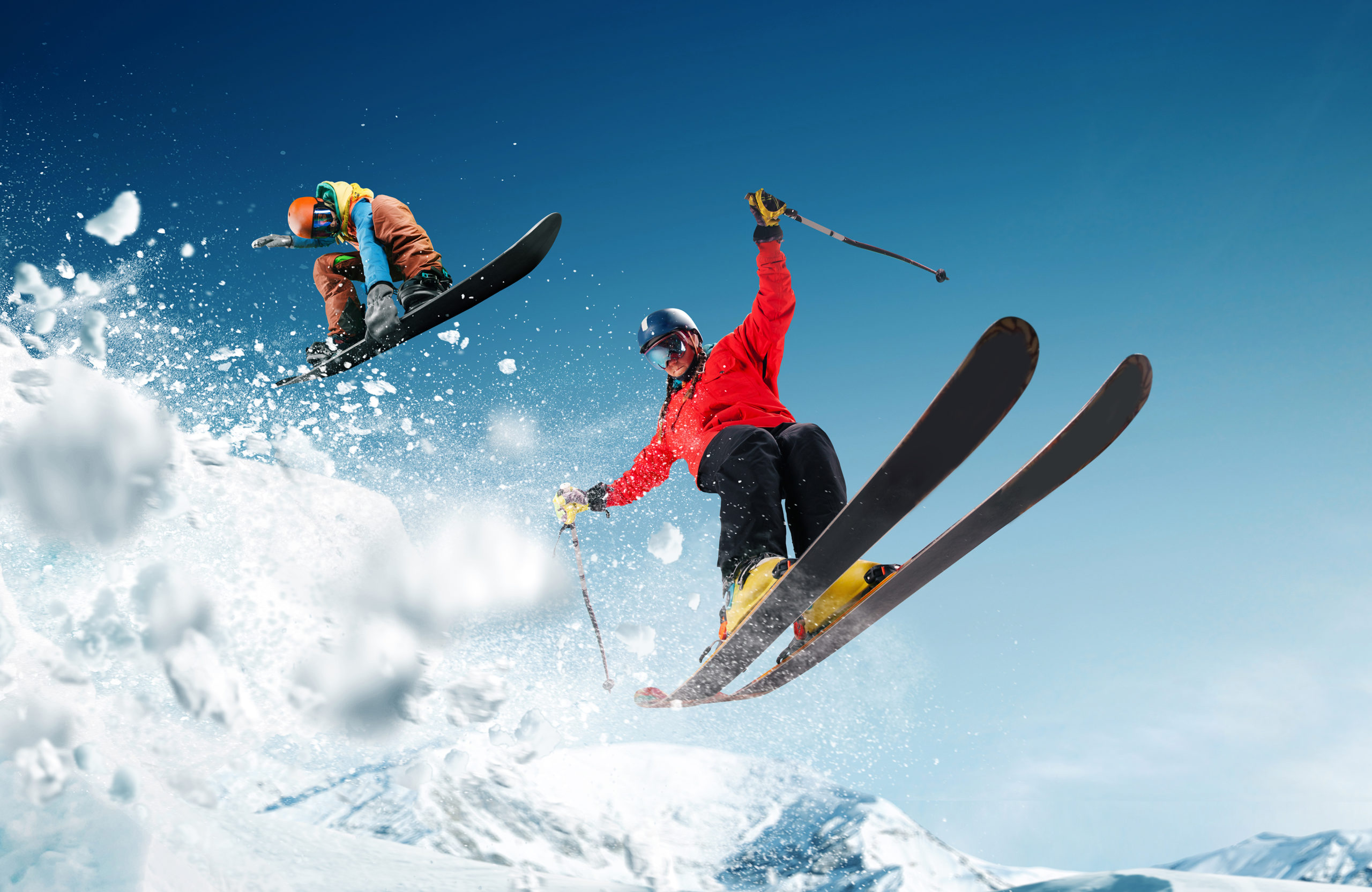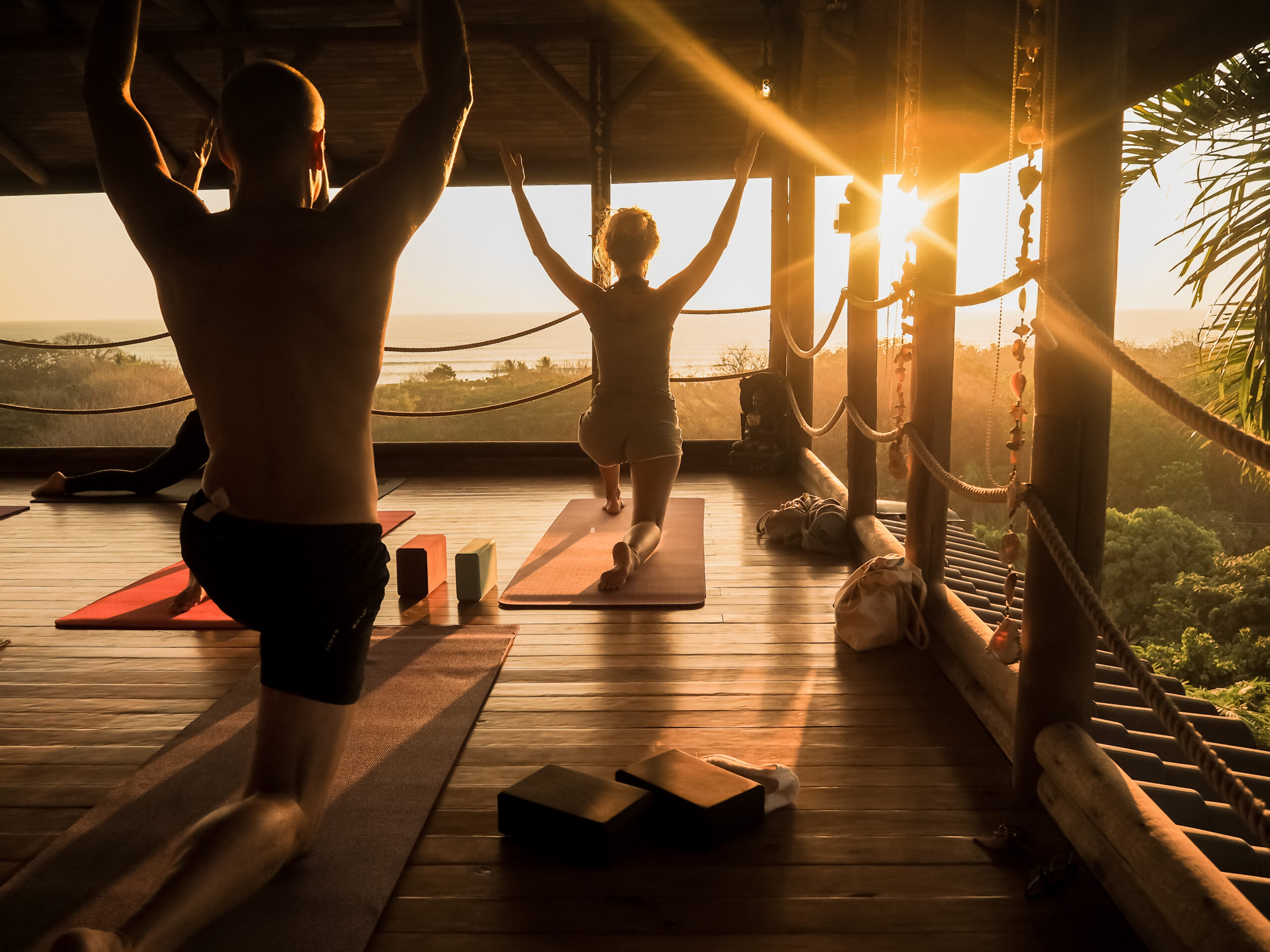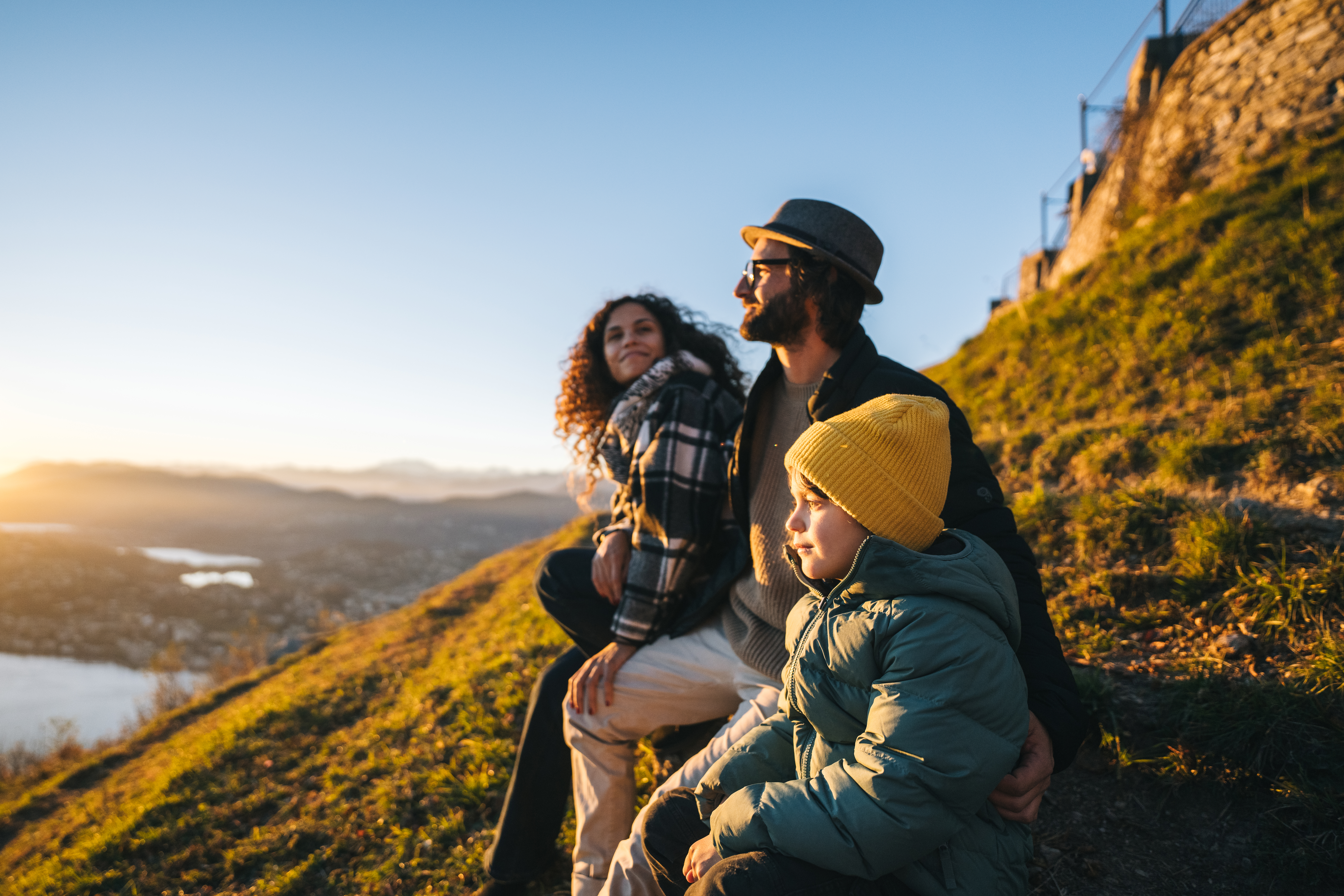By: Katherine Allen
Whether you are trying out the slopes for the first time or are a more seasoned skier or snowboarder, it is essential that you take time to understand the steps you can take to ensure you stay safe on the piste. In doing so, you will be helping to protect not only yourself but also other skiers and snowboarders on the slopes.
Believe it or not, there is a “highway code” for using the slopes. Rules of conduct, developed by the International Ski Federation (FIS), should be essential guidance for everyone using the pistes in any ski resort. The common-sense guidance includes provisions such as:
“A skier or snowboarder coming from behind must choose his route in such a way not to endanger skiers or snowboarders ahead.”
The guidance is easy to read—there are ten short rules in clear language and should take no more than 10 minutes to absorb. Following the guidance will ensure that you have a good level of protection on the slopes.
It may seem obvious, but you should ensure that you have all the equipment you need and that it fits you properly. It is particularly important that any helmet you wear is properly fitted and that you keep your boots fastened while you are on the slopes. In addition, make sure you are dressed for the weather! Weather can change rapidly in the mountains, so it would be sensible to check the forecast in advance to ensure that you are prepared for all eventualities. Make sure you have water and snacks with you so that you can maintain energy.
A fully charged cell phone can be vital when you are on the slopes, and having a power bank with you so that you can recharge your phone, even when on the slopes is a precaution worth taking. There may be some areas where there is a limited or non-existent signal, so it would also be sensible to have some other fallback arrangements in place. If you are traveling in a group, make sure you look after each other and arrange regular meeting points and times you get separated. This will ensure that if a member of the group goes missing, they will not be missing for too long. Make sure you all have a piste map and that you know how to read it—if you do not understand it, make sure you ask someone in the resort to explain this to you and the rest of your group before you set off.
If your group consists of people with varying levels of experience, ensure you ski or board to the group’s ability. This is especially important if there are children in the group. If you would get frustrated by being held back by those with less experience, you should give yourself the opportunity to ski separately from them for at least some of the time, possibly by encouraging them to have some tuition. If you are new to skiing or boarding, then tuition is vital to ensure that you know the basics before you venture out onto the slopes.
Holidays and alcoholic beverages often tend to go together. However, alcohol can impair your ability to ski or board in much the same way as it can impair your ability to drive a motorized vehicle. It could invalidate any insurance you may have and put other users of the slope at risk. Therefore, you should be mindful about how much you drink and how much it will affect your ability to ski or board when you are either on or intend to use the slopes. Some resorts may have rules about alcohol intake when using the slopes, and these should be followed.
Ski lifts and tows are often places where accidents occur. Watch out for loose straps on rucksacks and coats to ensure they do not get caught in lift apparatus. In addition, make sure you pay attention to the lift operator’s instructions and pay particular attention to lift closing times to avoid getting stranded.
Being on the slopes should be fun! Following these tips should help to make sure that your winter holiday does not turn into a snowy calamity.








Leave A Comment